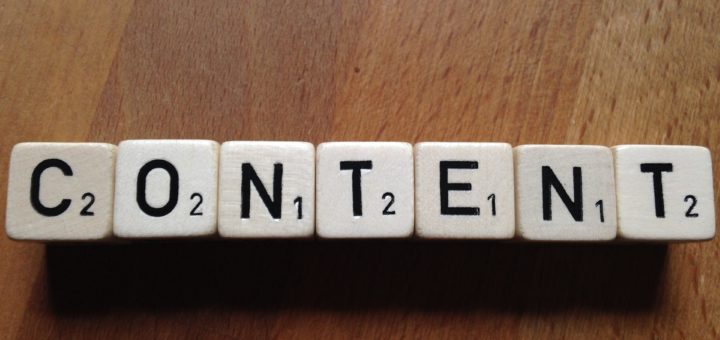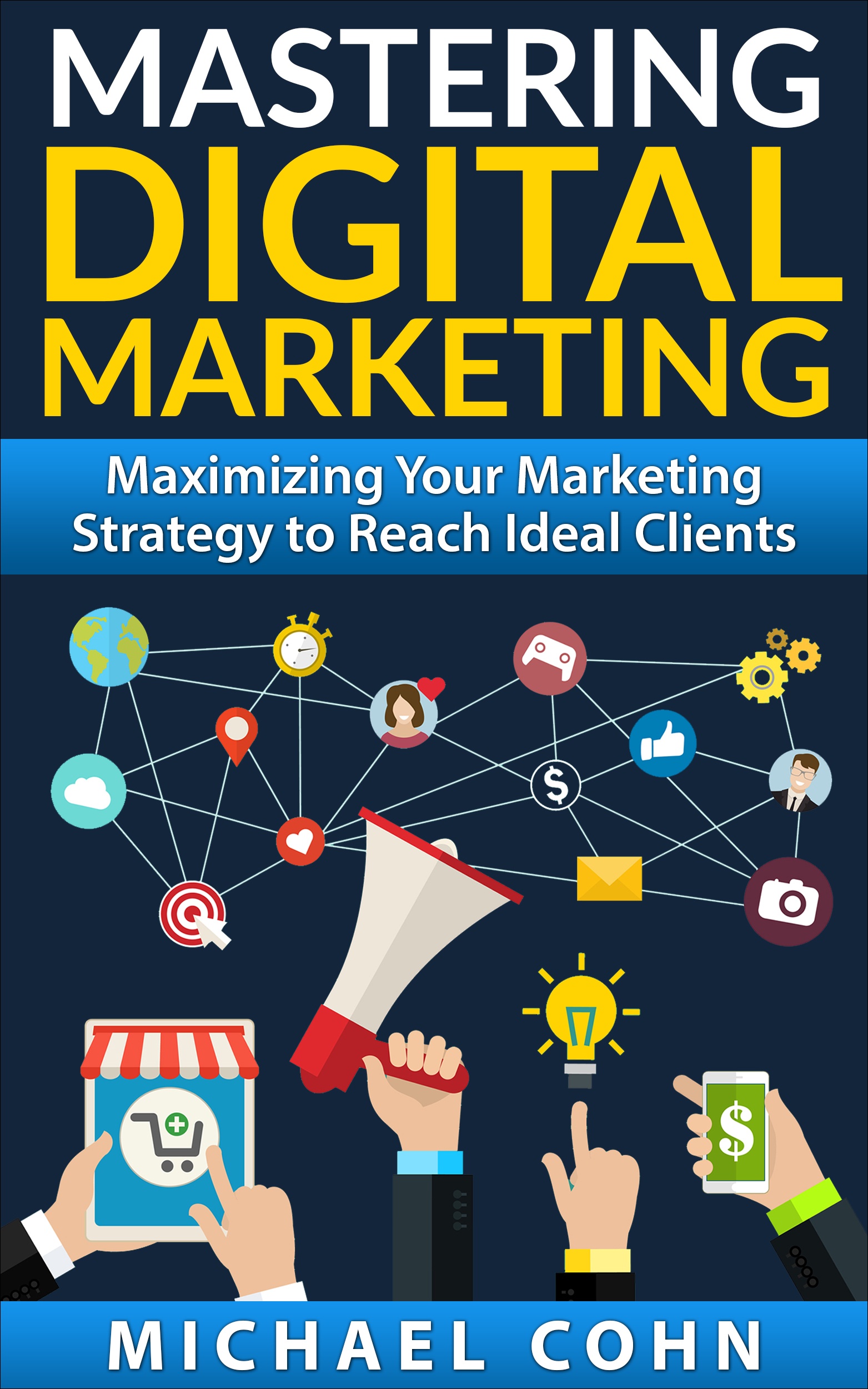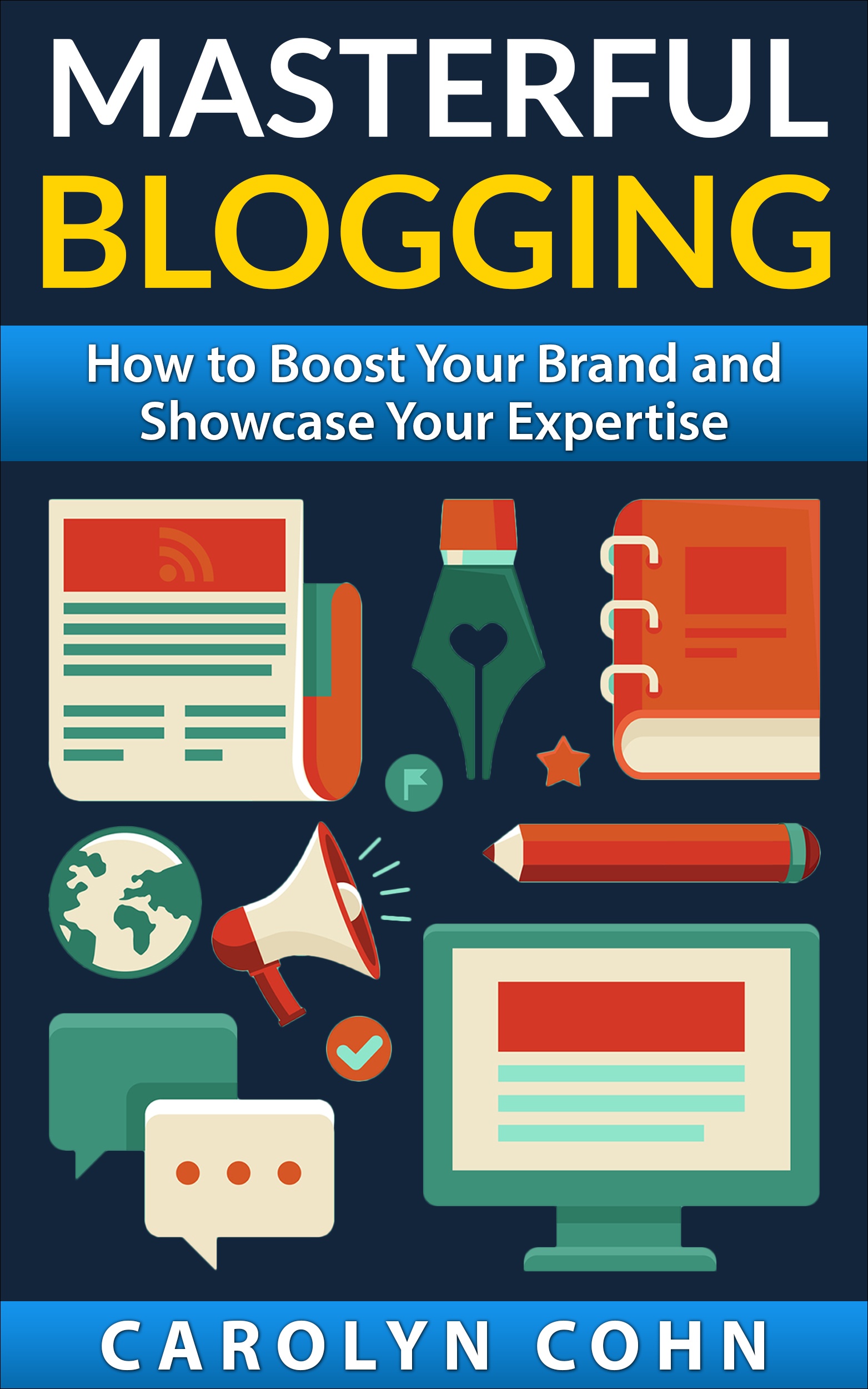Keeping Your Content on Track With an Editorial Calendar

Content marketing is not an easy thing to do well. Of course, it is absolutely essential that you market your content as effectively as possible. Keeping track of it is critical and using an editorial calendar is a wonderful tool.
There are always ways in which you can improve your content marketing and you will find that some are more effective than others for your particular business but having the essentials from which to draw is of the utmost importance. One thing that is very important for you to understand is that if your content is marketed effectively and properly, it will yield revenue for you and your business eventually. If you are working on your content marketing and don’t feel that you are achieving the results that you would like to see yet, there are some principles to which you should pay special attention and your editorial calendar should embrace all of them.
Be well acquainted with your target audience
It is critical that your content is geared toward the needs and wants of your audience. Before you can actually make that happen, you need to clearly understand what your audience’s wants and needs are. If you reach out to them through your content and they don’t feel that your content reaches them and actually helps them to solve their problems, they won’t continue to connect with you and your business. Before you actually put together your editorial calendar, you must understand your target audience, what their wants and needs are, and specifically what types of content suit their needs. The way that you can effectively accomplish this is by creating profiles for your clients, giving your target audience a survey to understand more precisely what they need and want, and (possibly) speaking with Customer Service to find out what discussions they have had with customers so that you have a deeper understanding of the customers. After you have learned that information, it will be easier for you to write the content that will be met positively by your target audience. Remember that when it comes to your target audience, you should go by the marketing principle WIIFM (What’s In It For Me?). In other words, no matter how wonderful you and your business are, it won’t make any difference at all if you are not able to solve the problems that your clients are experiencing.
Find the gaps in your content and identify them
As you are building your editorial calendar, you should try to understand any and all content gaps that you may have in the year to come. It is much more effective to anticipate and plan for the gaps earlier rather than later so that you won’t have problems getting everything accomplished by the time you are about to reach your deadline. The last thing that you want to do is to scramble to come up with content. Writing top-quality content requires a great deal of thought and hard work and it should never be done on the fly because the result most likely will not be a good one.
Build special themes in your editorial calendar
When it comes to planning your content marketing, you can plan themes for the entire year at once. You can plan to present significant topics once a month and this will give your audience something exciting to look forward to. Some of your content themes can also include holidays or other important events throughout the year. Your editorial calendar will also tie in to your advertisers (if you have any). They will also need to be privy to your editorial calendar. Having themes will make it less difficult to plan and write the content and themes will also help your guest content contributors.
Set up a publishing schedule and stick to it
There are several questions that you will need to ask yourself as you are setting up your calendar:
- What content and how often are you planning to publish?
- Specifically who will be doing the research, writing, publishing and sharing of your content?
Maintain separate calendars for separate aspects of your business
You should have one main calendar, which allows a quick overview of all of your planned content, broken down by week and by day. Your other calendars should show more details (you can think of them as microcalendars). They will allow you to easily see if you are on schedule with all of your ongoing projects. A convenient way to approach this is by putting all of your calendars into one Excel spreadsheet with separate tabs for each one. You can also try other programs that allow you to create spreadsheets easily.
Conclusion
Keeping your content organized in editorial calendars is an extremely effective tool and it will help you to keep your projects at your fingertips and to always understand the status. Editorial calendars are very simple to set up and don’t require a great deal of effort to maintain. Interestingly, it is a tool that very few businesses actually use; however, the tool is extremely effective. By creating an editorial calendar, you are laying the groundwork for your content for an entire year and you intelligent planning will allow you to spend valuable time on other aspects of your business. Your investment of time is well worth it when you consider how much you and your business will benefit.
We are pleased to provide you with the insightful comments contained herein. For a free assessment of your online presence, let’s have coffee.




